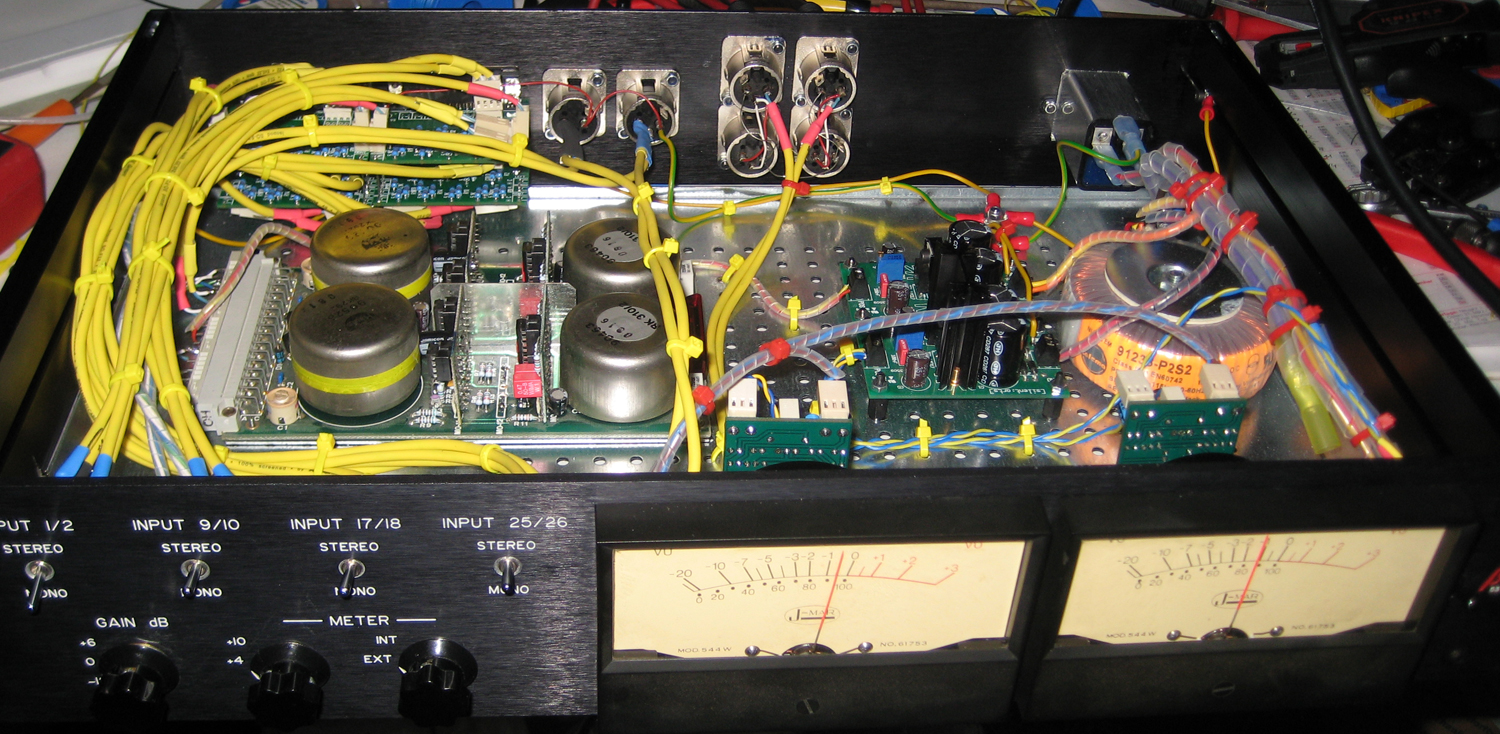I've recently finished a 32:2 summing device. Nothing so exciting but people like to see pictures of finished devices 
- External meter input, old Bach-Simpson meter buffered with JLM meter buffer
- Modushop case with inner base
- Neumann V475-2C card, recapped
- two PSOPSUs, one for the audio part, one for the buffer



- External meter input, old Bach-Simpson meter buffered with JLM meter buffer
- Modushop case with inner base
- Neumann V475-2C card, recapped
- two PSOPSUs, one for the audio part, one for the buffer



































![Electronics Soldering Iron Kit, [Upgraded] Soldering Iron 110V 90W LCD Digital Portable Soldering Kit 180-480℃(356-896℉), Welding Tool with ON/OFF Switch, Auto-sleep, Thermostatic Design](https://m.media-amazon.com/images/I/41gRDnlyfJS._SL500_.jpg)

